Home>Home Appliances>Laundry Appliances>How To Use A Front Loader Washing Machine
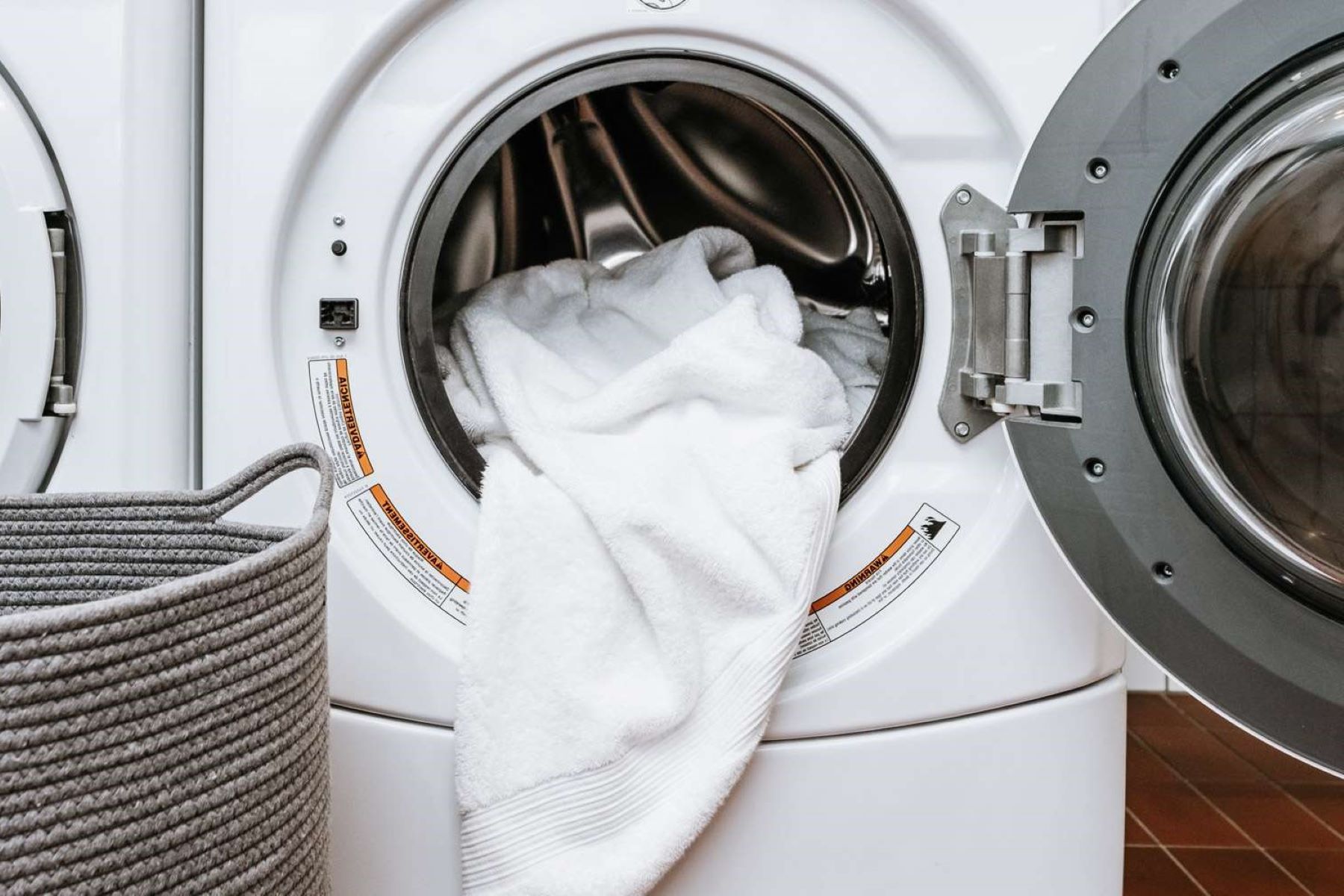

Laundry Appliances
How To Use A Front Loader Washing Machine
Modified: August 17, 2024
Learn how to use a front loader washing machine for efficient laundry care. Get tips and tricks for maximizing your laundry appliances.
(Many of the links in this article redirect to a specific reviewed product. Your purchase of these products through affiliate links helps to generate commission for Storables.com, at no extra cost. Learn more)
Introduction
Front loader washing machines have revolutionized the way we do laundry, offering efficiency, advanced features, and superior cleaning performance. These modern appliances have become a staple in households, catering to the diverse laundry needs of families and individuals. Whether you're a seasoned front loader user or a newcomer to this innovative technology, understanding the ins and outs of operating these machines is essential for achieving optimal results and prolonging the lifespan of your garments.
In this comprehensive guide, we will delve into the intricacies of using a front loader washing machine, covering everything from deciphering the control panel to selecting the appropriate wash cycle for different fabric types. By the end of this article, you will be equipped with the knowledge and confidence to make the most of your front loader, ensuring that your laundry experience is not only efficient but also yields impeccably clean and fresh-smelling clothes.
Let's embark on this journey to unravel the mysteries of front loader washing machines, demystifying their functionalities and empowering you to become a laundry aficionado. Whether you're tackling tough stains or simply refreshing your favorite garments, mastering the art of using a front loader washing machine will elevate your laundry routine to new heights of convenience and effectiveness. So, let's roll up our sleeves and dive into the world of front loader washing machines, where cleanliness and efficiency converge to simplify the chore of laundry.
Key Takeaways:
- Master the control panel: Understand the settings and symbols to customize each wash cycle for optimal cleaning and fabric care, ensuring impeccable results and garment longevity.
- Load and care for garments: Sort, load, and add detergent with precision to optimize cleaning, prevent damage, and elevate the laundry experience for fresh, clean clothes.
Understanding the Control Panel
The control panel of a front loader washing machine is the nerve center that governs its operations, offering a range of settings and options to tailor the wash cycle according to specific laundry requirements. Familiarizing yourself with the functions and symbols on the control panel is crucial for harnessing the full potential of your washing machine.
Main Settings and Functions
-
Power Button: This is the starting point for using the washing machine. Pressing the power button activates the machine, allowing you to proceed with selecting the desired settings for your laundry load.
-
Cycle Selector: The cycle selector enables you to choose from a variety of wash cycles, including regular, delicate, quick wash, and specialized cycles such as heavy-duty or bulky items. Each cycle is designed to cater to different fabric types and soil levels, ensuring optimal cleaning results.
-
Temperature Control: This setting allows you to adjust the water temperature for the wash cycle. Options typically include cold, warm, and hot water settings, providing flexibility to accommodate various fabric care requirements.
-
Spin Speed: The spin speed setting determines how fast the drum rotates during the spin cycle. Higher spin speeds extract more water from the clothes, reducing drying time, while lower speeds are suitable for delicate fabrics.
-
Additional Options: Many front loader washing machines offer additional options such as pre-wash, extra rinse, and stain treatment. These customizable features enhance the versatility of the machine, allowing you to address specific laundry concerns effectively.
Display Panel
Modern front loader washing machines are equipped with digital display panels that provide real-time information about the selected settings, cycle duration, and any additional functions activated. The display panel offers clear visibility and intuitive navigation, ensuring a user-friendly experience.
Symbols and Icons
Understanding the symbols and icons on the control panel is essential for interpreting the machine's feedback and status updates. These symbols often represent functions such as detergent dispensing, door lock status, and cycle progress indicators, enabling users to monitor the wash cycle's progression at a glance.
By mastering the intricacies of the control panel, you can harness the full potential of your front loader washing machine, customizing each wash cycle to suit your specific laundry needs. This knowledge empowers you to achieve optimal cleaning results while preserving the quality of your garments, making the chore of laundry a seamless and efficient endeavor.
Loading the Machine
Loading a front loader washing machine requires a strategic approach to ensure that the garments are arranged for effective cleaning while preventing tangling and maximizing the machine's capacity. Follow these steps to load your front loader washing machine efficiently:
-
Sort and Prepare the Laundry: Before loading the machine, it's essential to sort the laundry by color, fabric type, and level of soiling. This step ensures that delicate items are separated from heavier fabrics, preventing potential damage during the wash cycle. Additionally, pre-treating any stubborn stains or heavily soiled areas can significantly improve the cleaning results.
-
Open the Door: Gently open the door of the washing machine, ensuring that it swings open smoothly without any obstructions. Front loader doors are designed for easy access, allowing you to load and unload laundry with minimal effort.
-
Load the Garments: Begin by placing larger items such as bed linens and towels at the bottom of the drum. This creates a stable base for the rest of the laundry and promotes balanced weight distribution during the wash cycle. Next, add smaller items such as clothing and delicate fabrics, taking care to avoid overloading the machine. Overcrowding the drum can hinder the washing machine's performance and compromise the cleaning efficacy.
-
Avoid Overcrowding: While it may be tempting to maximize the machine's capacity, it's important to resist the urge to overfill the drum. Overcrowding can lead to inadequate water circulation and hinder the detergent's effectiveness, resulting in subpar cleaning outcomes. Leave ample space for the garments to move freely within the drum, allowing the water and detergent to penetrate the fabrics thoroughly.
-
Close the Door Securely: Once the laundry is loaded, gently close the door of the washing machine, ensuring that it latches securely. A properly closed door is essential for maintaining the watertight seal during the wash cycle, preventing leaks and ensuring efficient water utilization.
By following these steps, you can optimize the loading process for your front loader washing machine, setting the stage for a thorough and effective cleaning cycle. Properly loaded garments are more likely to emerge from the wash cycle impeccably clean and ready for the next phase of the laundry process.
Adding Detergent and Fabric Softener
The process of adding detergent and fabric softener to a front loader washing machine is a pivotal step that directly influences the cleaning efficacy and fabric care during the wash cycle. By understanding the nuances of detergent and fabric softener usage, you can optimize the laundering process, ensuring that your garments emerge fresh, clean, and impeccably cared for.
Selecting the Right Detergent
Choosing the appropriate detergent for your laundry load is essential for achieving optimal cleaning results. Front loader washing machines are designed to work efficiently with high-efficiency (HE) detergents, which are formulated to produce minimal suds and effectively clean clothes in a low-water environment. HE detergents are available in various forms, including liquid, powder, and single-dose pods, offering versatility to cater to individual preferences.
When adding detergent to the washing machine, it's crucial to follow the manufacturer's guidelines regarding the recommended dosage for different load sizes. Using too much detergent can lead to excessive sudsing, potentially causing issues such as poor rinsing and residue buildup on clothes. Conversely, using too little detergent may result in inadequate cleaning, especially for heavily soiled items. By adhering to the prescribed detergent measurements, you can strike the perfect balance for optimal cleaning performance.
Incorporating Fabric Softener
Fabric softener is a valuable addition to the laundry routine, imparting a soft and fresh feel to clothes while reducing static cling and wrinkles. Front loader washing machines feature dedicated compartments for adding fabric softener, typically located within the detergent dispenser drawer. When using liquid fabric softener, it's important to pour the recommended amount into the designated compartment, ensuring that it is dispensed at the appropriate stage of the wash cycle.
For those who prefer dryer sheets as an alternative to liquid fabric softener, simply add the dryer sheet to the drum along with the laundry before starting the wash cycle. This method allows the dryer sheet to infuse the clothes with a delightful fragrance and static-reducing properties during the drying process, enhancing the overall laundry experience.
Preparing for the Wash Cycle
Once the detergent and fabric softener are added to the washing machine, it's essential to verify that the settings and options on the control panel align with the specific laundry requirements. Selecting the appropriate wash cycle, adjusting the temperature settings, and incorporating any additional options such as pre-wash or extra rinse can further enhance the cleaning efficacy and fabric care.
By meticulously attending to the process of adding detergent and fabric softener, you can elevate the performance of your front loader washing machine, ensuring that each laundry load receives the precise care and attention it deserves. This meticulous approach not only enhances cleaning results but also contributes to the longevity and pristine condition of your cherished garments, making the chore of laundry a gratifying and rewarding endeavor.
Selecting the Wash Cycle
The process of selecting the appropriate wash cycle on a front loader washing machine is a pivotal step that directly influences the cleaning efficacy and fabric care during the laundry process. Understanding the diverse wash cycle options available and their respective functionalities empowers users to tailor the cleaning process according to specific fabric types, soil levels, and laundry objectives.
Understanding Wash Cycle Options
Front loader washing machines offer a range of wash cycle options, each designed to address distinct laundry needs. Common wash cycles include:
-
Regular/Normal Cycle: This versatile cycle is suitable for everyday laundry, effectively cleaning a variety of fabrics and soil levels. It strikes a balance between cleaning performance and energy efficiency, making it a go-to option for many laundry loads.
-
Delicate Cycle: Ideal for fragile fabrics such as silk, lace, and lingerie, the delicate cycle employs gentle agitation and lower spin speeds to safeguard delicate garments from potential damage.
-
Quick Wash Cycle: When time is of the essence, the quick wash cycle provides a rapid cleaning solution for lightly soiled items, delivering refreshed clothes in a fraction of the time taken by standard cycles.
-
Heavy-Duty/Bulky Items Cycle: This robust cycle is tailored for heavily soiled or bulky items such as bedding, towels, and heavily soiled garments. It incorporates extended wash times and vigorous agitation to tackle stubborn stains and deep-seated dirt effectively.
-
Specialty Cycles: Many front loader washing machines feature specialty cycles such as whitest whites, allergen removal, and sportswear, catering to specific fabric care requirements and addressing unique laundry concerns.
Tailoring the Wash Cycle Selection
When selecting the wash cycle, it's essential to consider the fabric type, soil level, and any specific care instructions indicated on the garment labels. Delicate fabrics necessitate the gentle treatment provided by the delicate cycle, while heavily soiled items benefit from the thorough cleaning prowess of the heavy-duty cycle.
Additionally, factoring in the water temperature and spin speed settings further customizes the wash cycle to align with the laundry load's unique demands. Cold water is suitable for delicate fabrics and bright-colored clothes, while hot water aids in sanitizing and effectively removing tough stains from whites and heavily soiled items. Adjusting the spin speed allows users to control moisture extraction, catering to delicate fabrics and reducing drying time for sturdier items.
By meticulously selecting the appropriate wash cycle and fine-tuning the accompanying settings, users can optimize the cleaning process, ensuring that each laundry load receives tailored care and emerges impeccably clean and refreshed. This strategic approach not only enhances cleaning results but also contributes to the preservation of garment quality, making the chore of laundry a gratifying and rewarding endeavor.
Starting the Machine
Once you have meticulously tailored the settings and loaded the laundry, it's time to initiate the wash cycle and set the front loader washing machine into motion. The process of starting the machine is straightforward, yet it marks the transition from preparation to action, signaling the commencement of the cleaning journey for your garments.
To begin, ensure that the detergent and fabric softener are added, the laundry is loaded, and the control panel settings are configured to align with the specific laundry requirements. Once these preparatory steps are completed, it's time to set the wash cycle in motion.
Press the power button on the control panel to activate the washing machine. As the machine powers up, the digital display panel illuminates, providing real-time feedback on the selected settings and cycle duration. The display panel serves as a visual guide, offering clarity and reassurance as the wash cycle progresses.
Next, select the desired wash cycle from the available options on the cycle selector. Whether it's a regular cycle for everyday laundry, a delicate cycle for fragile fabrics, or a specialized cycle for bulky items, the cycle selector empowers you to tailor the cleaning process to suit the unique characteristics of your laundry load.
After choosing the wash cycle, consider adjusting the temperature settings to align with the fabric care requirements. The temperature control feature allows you to select cold, warm, or hot water settings, catering to different fabric types and soil levels. This customization ensures that the wash cycle operates at the optimal temperature for effective cleaning and fabric care.
Once the wash cycle and temperature settings are configured, you may have the option to incorporate additional features such as pre-wash, extra rinse, or stain treatment, depending on the capabilities of your washing machine. These supplementary options enhance the versatility of the cleaning process, allowing you to address specific laundry concerns effectively.
With the settings finalized and the laundry load prepared, it's time to initiate the wash cycle by pressing the start button. As the machine springs to life, the drum begins to rotate, and the water fills the chamber, signaling the commencement of the cleaning process. The gentle hum of the washing machine echoes the beginning of a transformative journey, where soiled garments are revitalized and emerge fresh and clean.
As the wash cycle progresses, the digital display panel provides real-time updates on the cycle's duration, allowing you to monitor the machine's activity and anticipate the completion of the cleaning process. This transparency fosters a sense of engagement and control, ensuring that you are actively involved in the laundry journey from start to finish.
By mastering the process of starting the machine and navigating the control panel with confidence, you can embark on each wash cycle with the assurance that your garments are receiving meticulous care and attention. This seamless transition from preparation to execution marks the pivotal moment where the chore of laundry is transformed into a purposeful and gratifying endeavor, where cleanliness and fabric care converge to elevate the laundry experience.
Removing and Drying the Clothes
After the wash cycle is completed, the anticipation of retrieving freshly cleaned garments from the front loader washing machine is a gratifying moment. The process of removing and drying the clothes marks the culmination of the cleaning journey, where meticulous care and attention to fabric maintenance yield tangible results. Here's a detailed guide on efficiently removing and drying the clothes from your front loader washing machine:
Unloading the Laundry
-
Open the Door: Gently open the door of the washing machine, taking care to avoid any sudden movements that may disturb the freshly cleaned garments. Front loader doors are designed for easy access, allowing you to retrieve the laundry with minimal effort.
-
Remove the Garments: As you unload the laundry, handle the garments with care to prevent them from brushing against the floor or other surfaces. Delicate items, in particular, require gentle handling to preserve their pristine condition.
-
Check for Stray Items: Thoroughly inspect the drum and rubber gasket to ensure that no stray items, such as socks or small garments, are left behind. Retrieving all the laundry from the machine prevents overlooked items from being inadvertently left inside.
Preparing for Drying
-
Sort the Laundry: Upon removing the garments, it's advisable to sort the laundry further based on the drying method and individual fabric care requirements. Separating delicate items from sturdier fabrics streamlines the drying process and ensures that each garment receives the appropriate treatment.
-
Inspect for Stains: Before proceeding with drying, inspect the garments for any lingering stains or spots that may require additional treatment. Addressing any residual stains at this stage prevents them from setting further during the drying process.
-
Prepare the Drying Area: Whether you opt for air-drying or using a dryer, preparing the designated drying area ensures a seamless transition from the washing machine to the drying phase. Clearing and organizing the drying space streamlines the process and minimizes potential wrinkles or creases in the garments.
Read more: Whirlpool Washer Top Loader How To Use
Drying Methods
-
Air-Drying: For delicate fabrics and items with specific care instructions, air-drying offers a gentle and energy-efficient drying solution. Utilize drying racks, clotheslines, or designated flat surfaces to air-dry the garments, allowing them to regain their natural texture and freshness.
-
Using a Dryer: When using a dryer, carefully follow the manufacturer's guidelines for load capacity and heat settings. Selecting the appropriate drying cycle, such as low heat for delicate items and regular heat for sturdier fabrics, ensures that the garments are dried effectively without compromising their integrity.
Final Checks
-
Inspect for Dryness: After the drying process is complete, inspect the garments to ensure that they are thoroughly dry. This step is particularly crucial for heavier fabrics and items with multiple layers, as they may require additional drying time.
-
Fold and Store: Once the garments are dry, promptly fold or hang them to prevent wrinkles and maintain their pristine condition. Properly storing the freshly laundered clothes ensures that they remain clean and ready for use until the next wear.
By meticulously navigating the process of removing and drying the clothes from your front loader washing machine, you can conclude the laundry journey with the assurance that your garments have received meticulous care and attention. This seamless transition from washing to drying encapsulates the transformative nature of the laundry experience, where cleanliness and fabric care converge to elevate the chore of laundry into a purposeful and gratifying endeavor.
Frequently Asked Questions about How To Use A Front Loader Washing Machine
Was this page helpful?
At Storables.com, we guarantee accurate and reliable information. Our content, validated by Expert Board Contributors, is crafted following stringent Editorial Policies. We're committed to providing you with well-researched, expert-backed insights for all your informational needs.

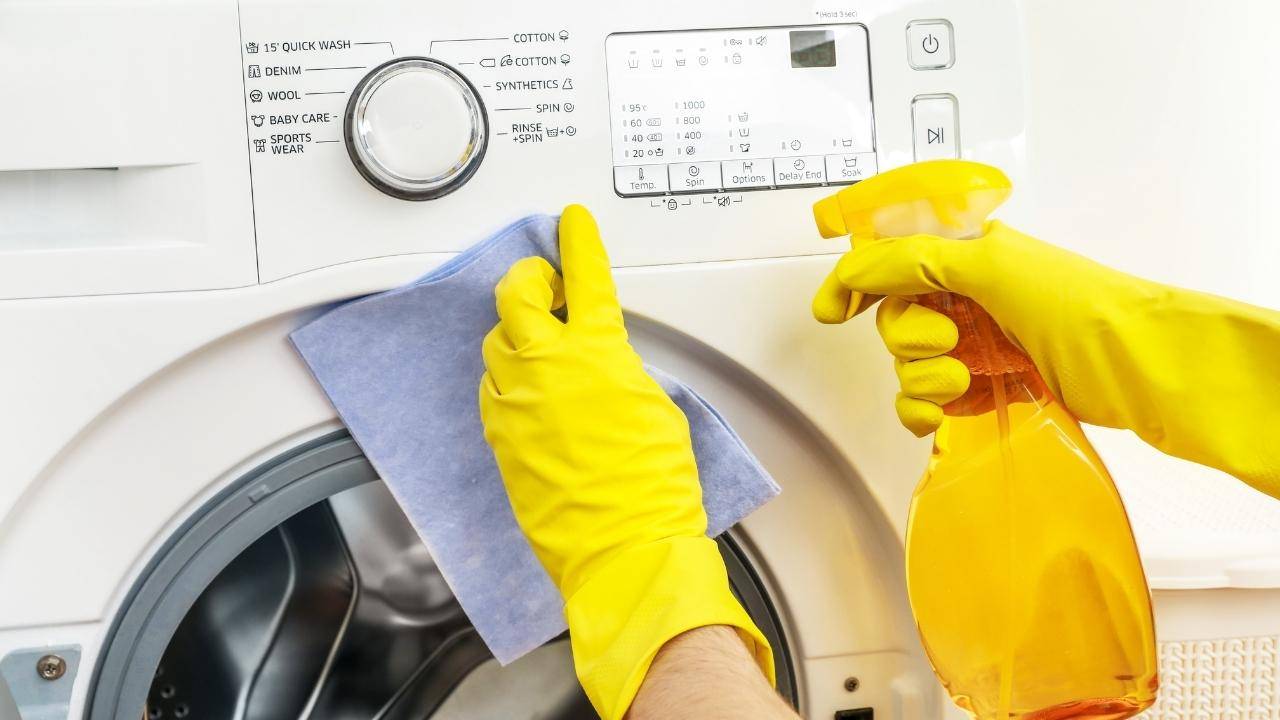

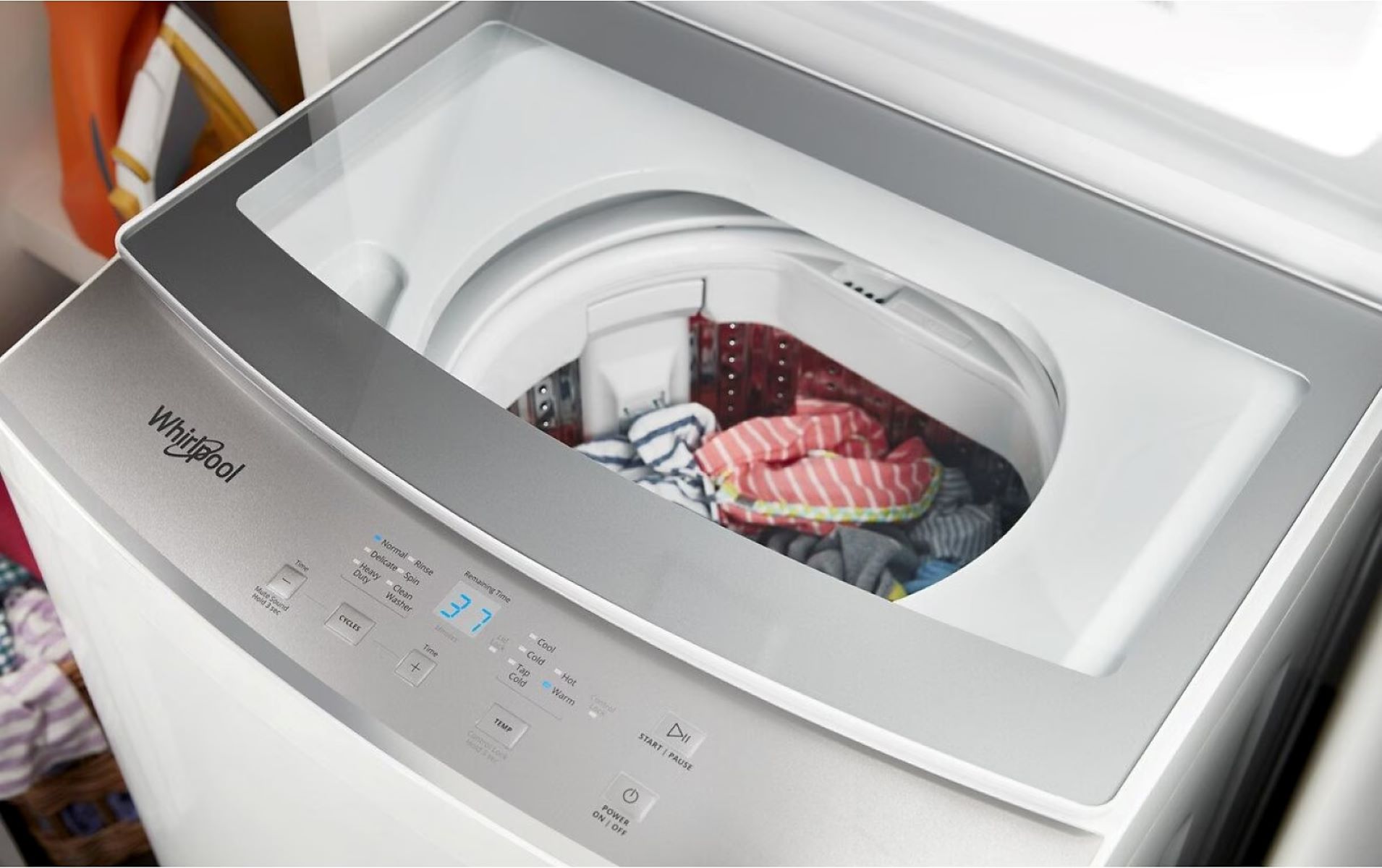

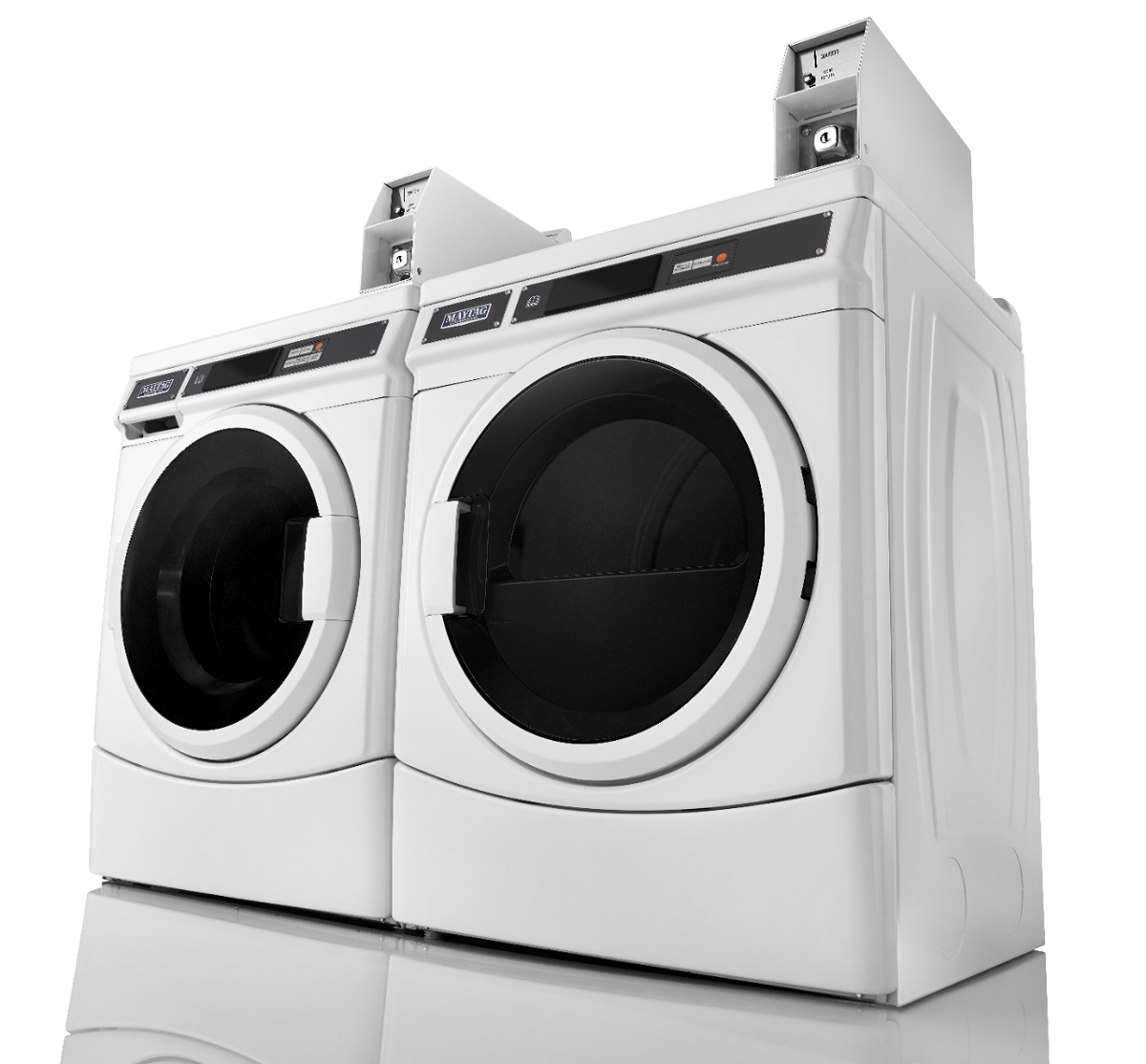
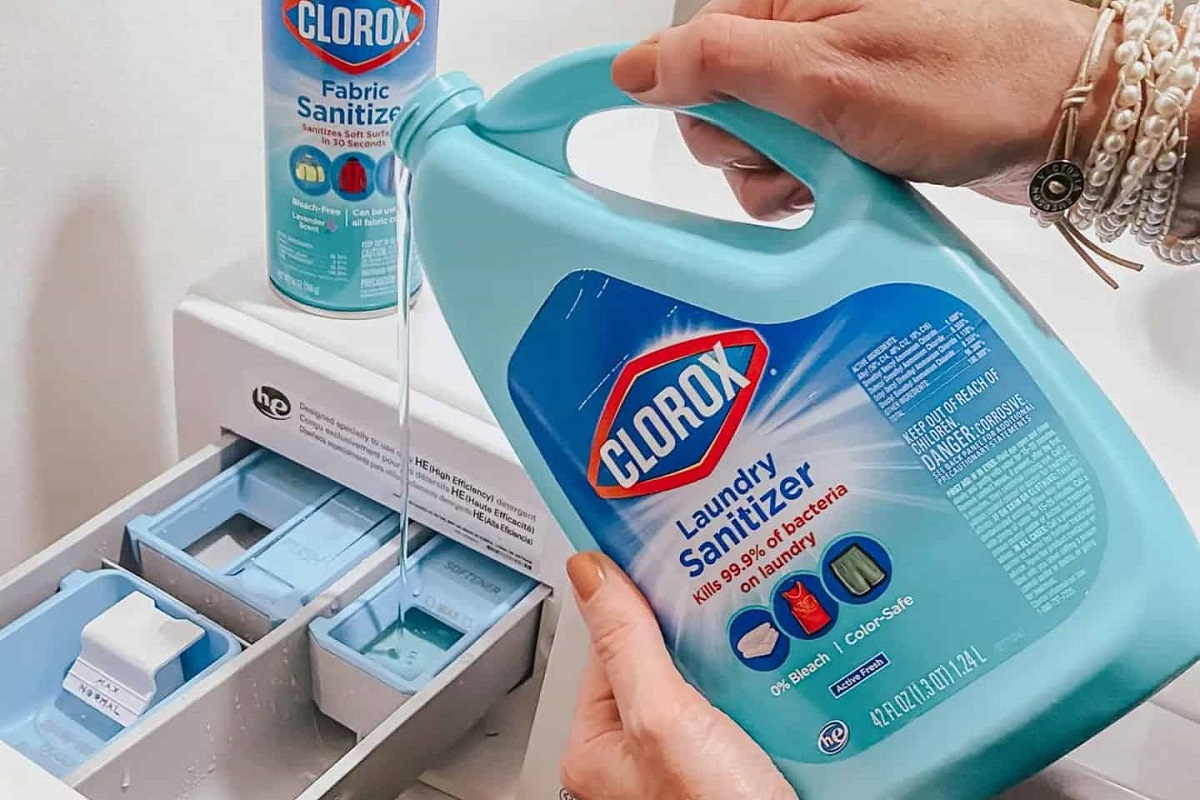
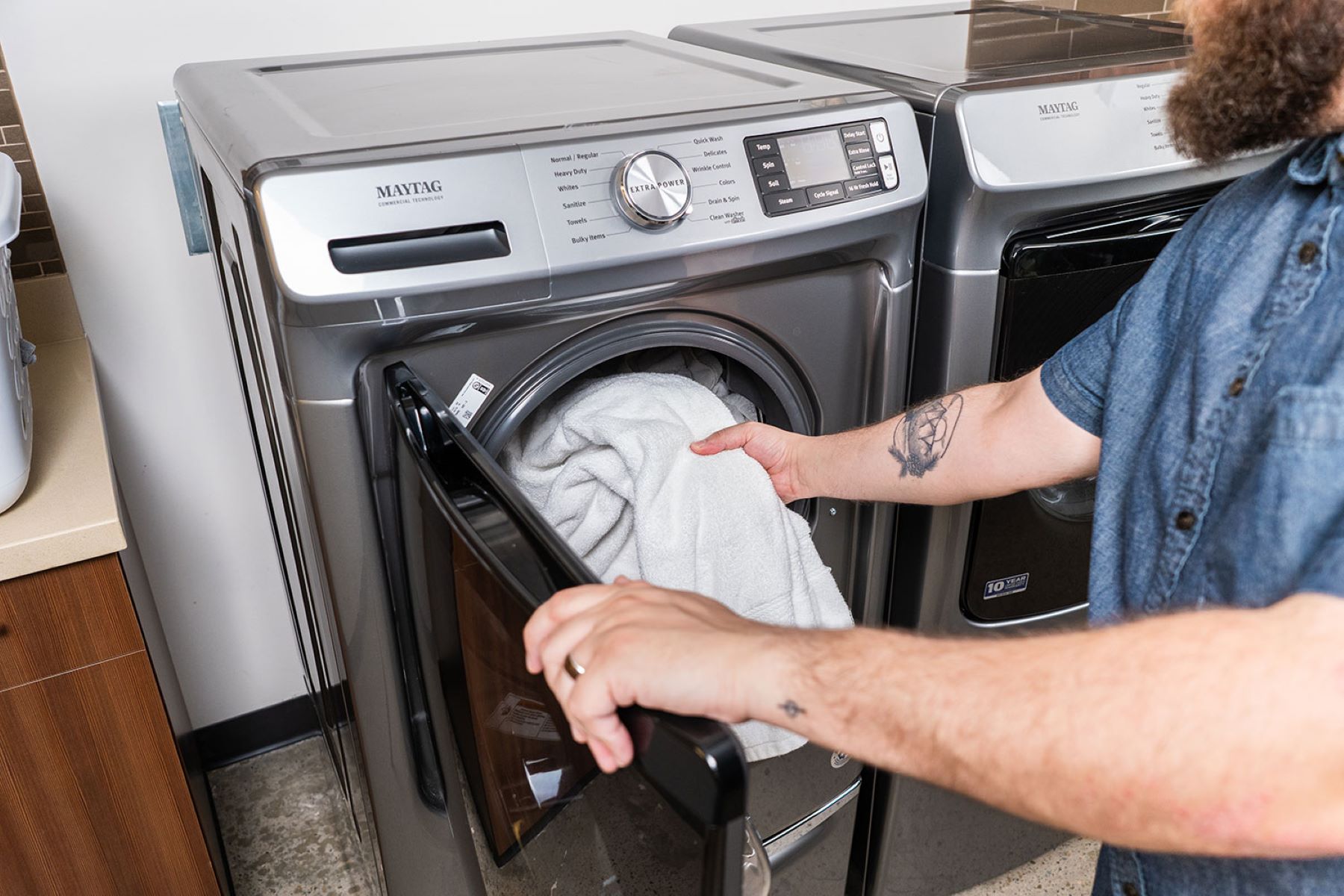
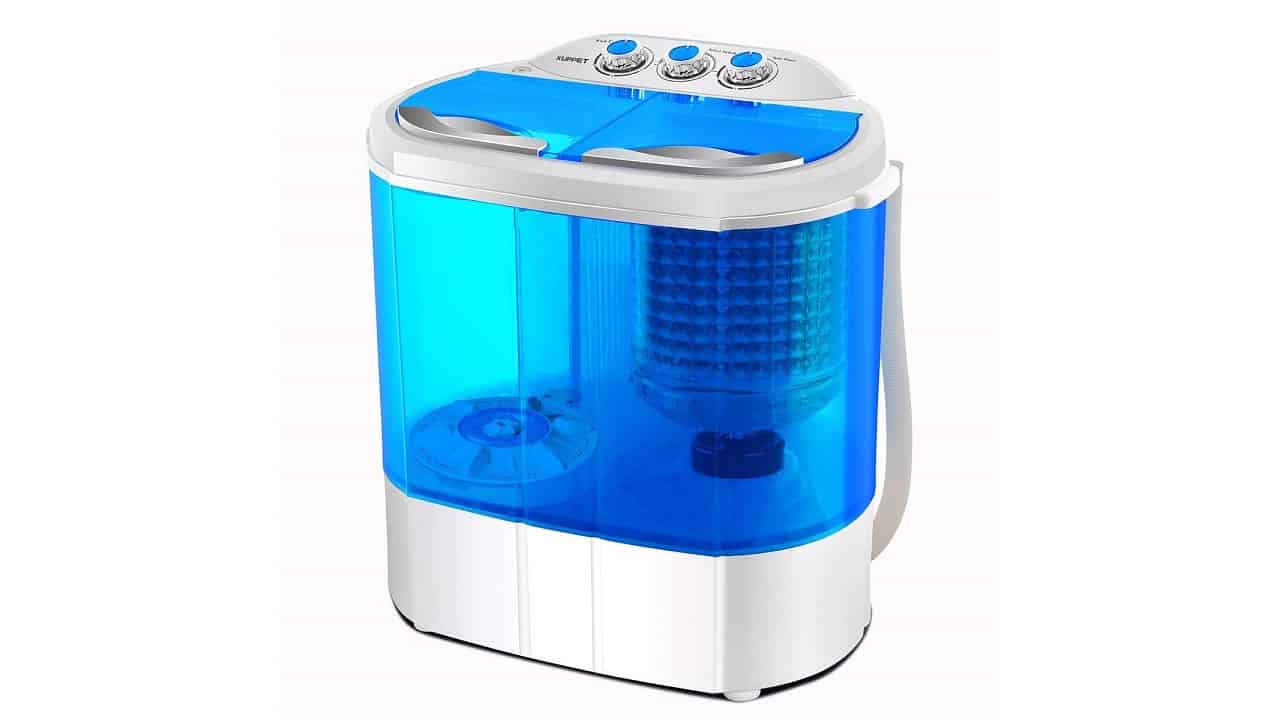

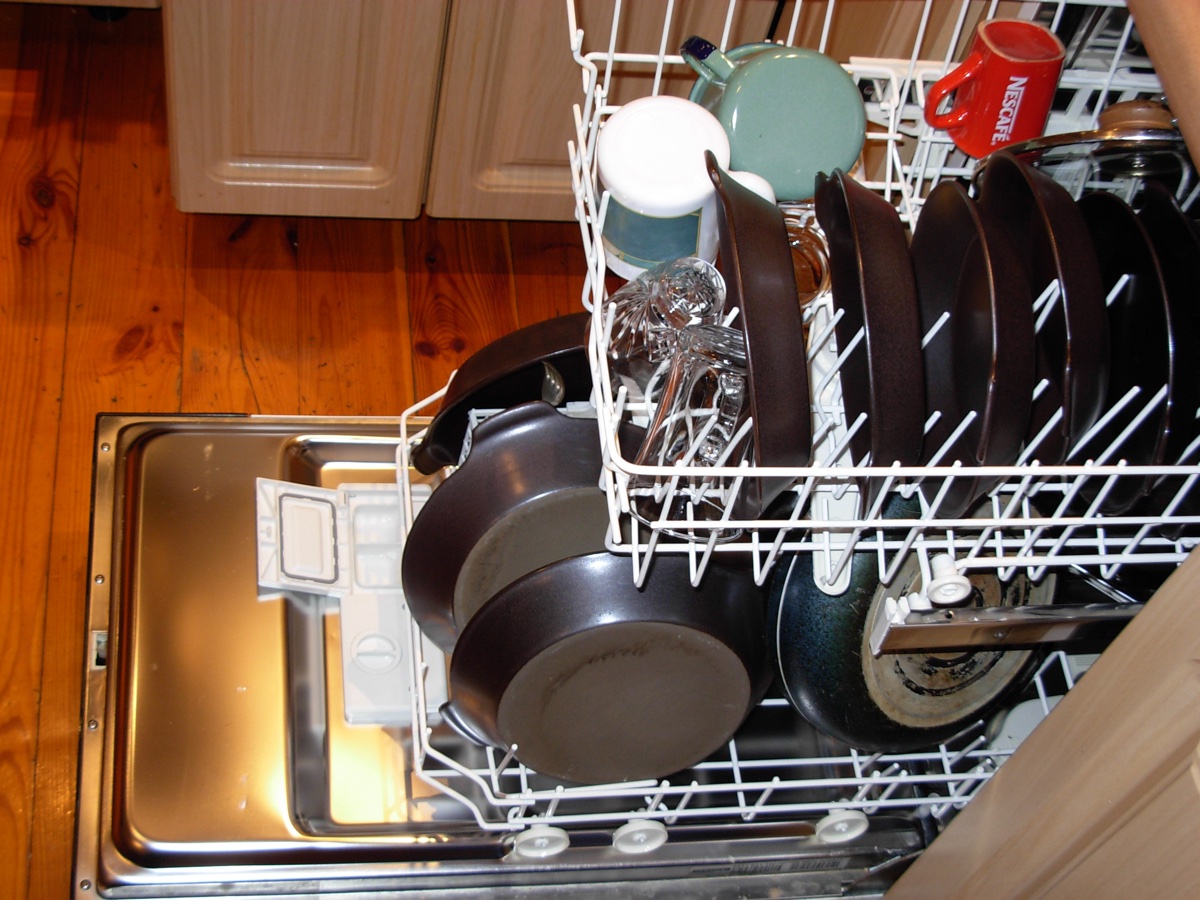

0 thoughts on “How To Use A Front Loader Washing Machine”